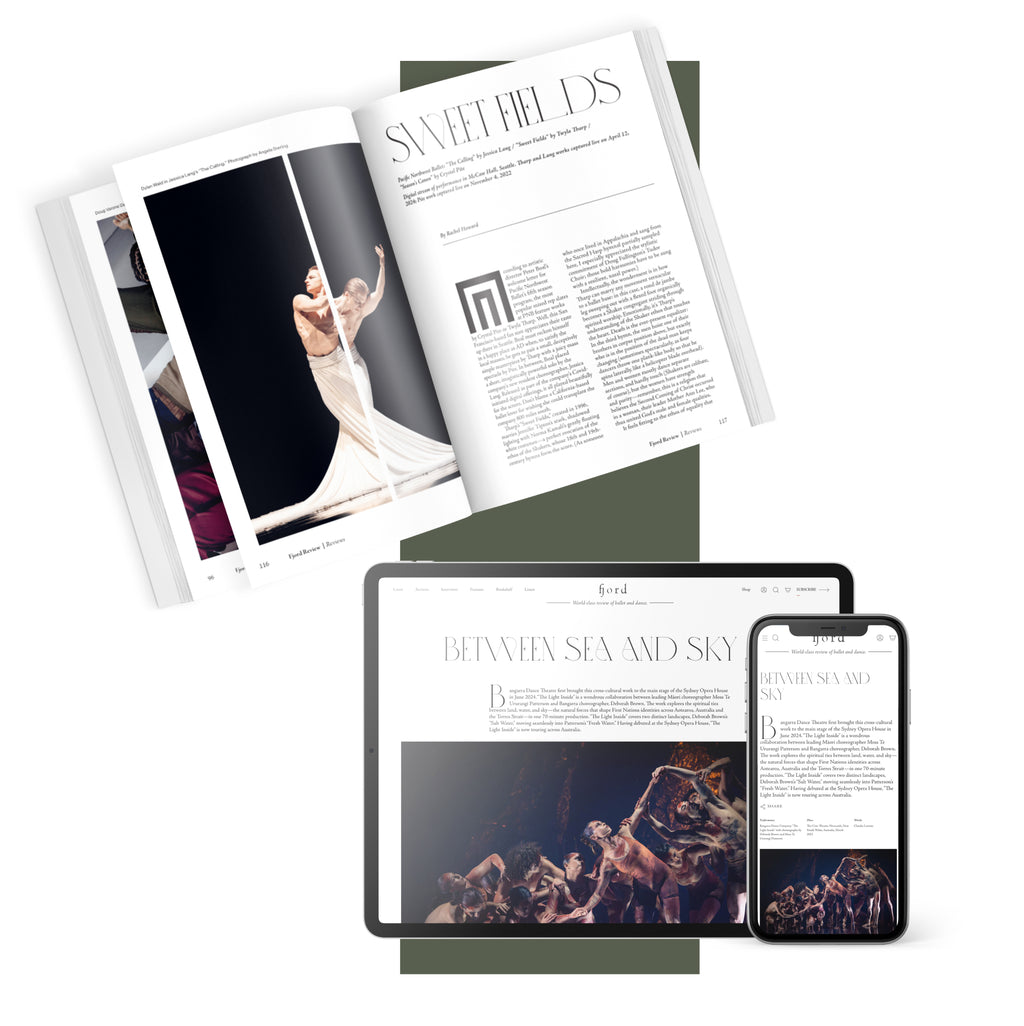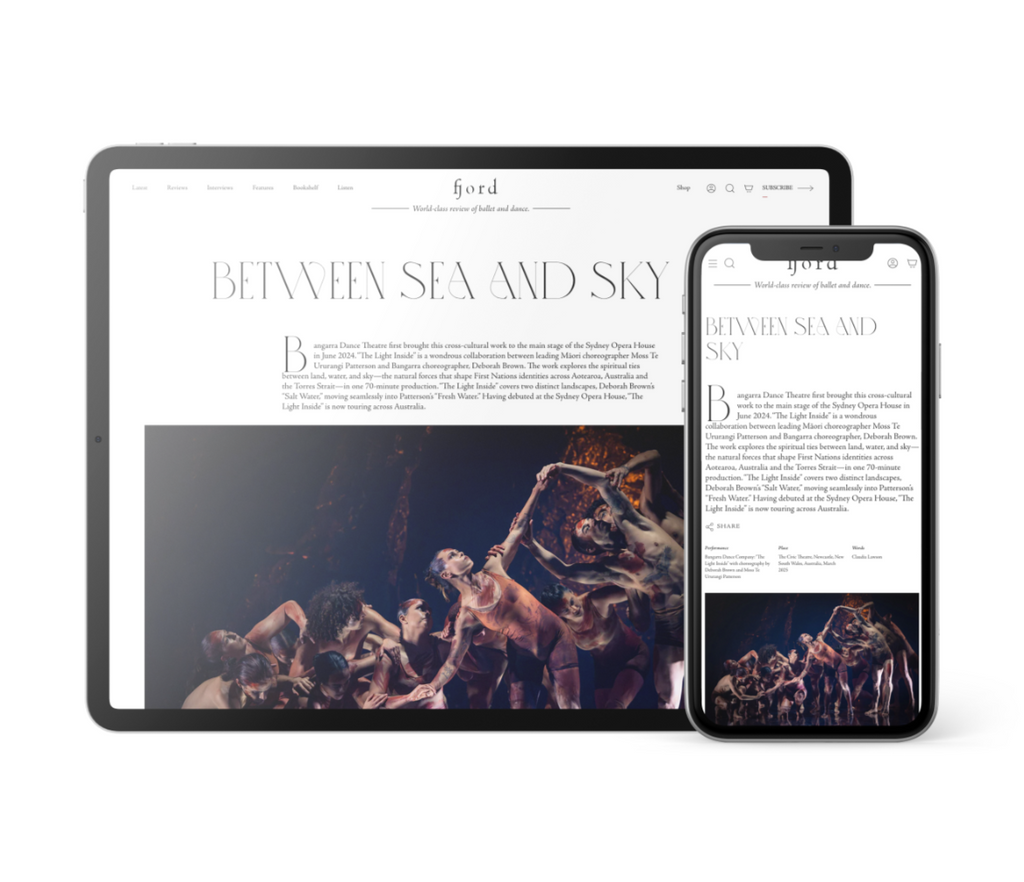Float like a Butterfly
Sans tutu or pointe shoes, New York Ballet principal Sara Mearns delivered a knock-out punch in her 20-minute solo, “Zebra.”
Continue Reading
World-class review of ballet and dance.
A delightful production, served with verve: the National Ballet of Japan’s recent performance of “Alice in Wonderland” was an unabashed celebration of imagination, deftly showcasing all the wacky wonder of Christopher Wheeldon’s modern ballet classic.
Performance
Place
Words



“Uncommonly intelligent, substantial coverage.”
Your weekly source for world-class dance reviews, interviews, articles, and more.
Already a paid subscriber? Login

Sans tutu or pointe shoes, New York Ballet principal Sara Mearns delivered a knock-out punch in her 20-minute solo, “Zebra.”
Continue ReadingJapan Society’s Yukio Mishima centennial series culminated with “Mishima’s Muse – Noh Theater,” which was actually three programs of traditional noh works that Japanese author Yukio Mishima adapted into modern plays.
Continue ReadingThroughout the year, our critics attend hundreds of dance performances, whether onsite, outdoors, or on the proscenium stage, around the world.
Continue ReadingOn December 11th, the Alvin Ailey American Dance Theater presented two premieres and two dances that had premiered just a week prior.
Continue Reading
comments